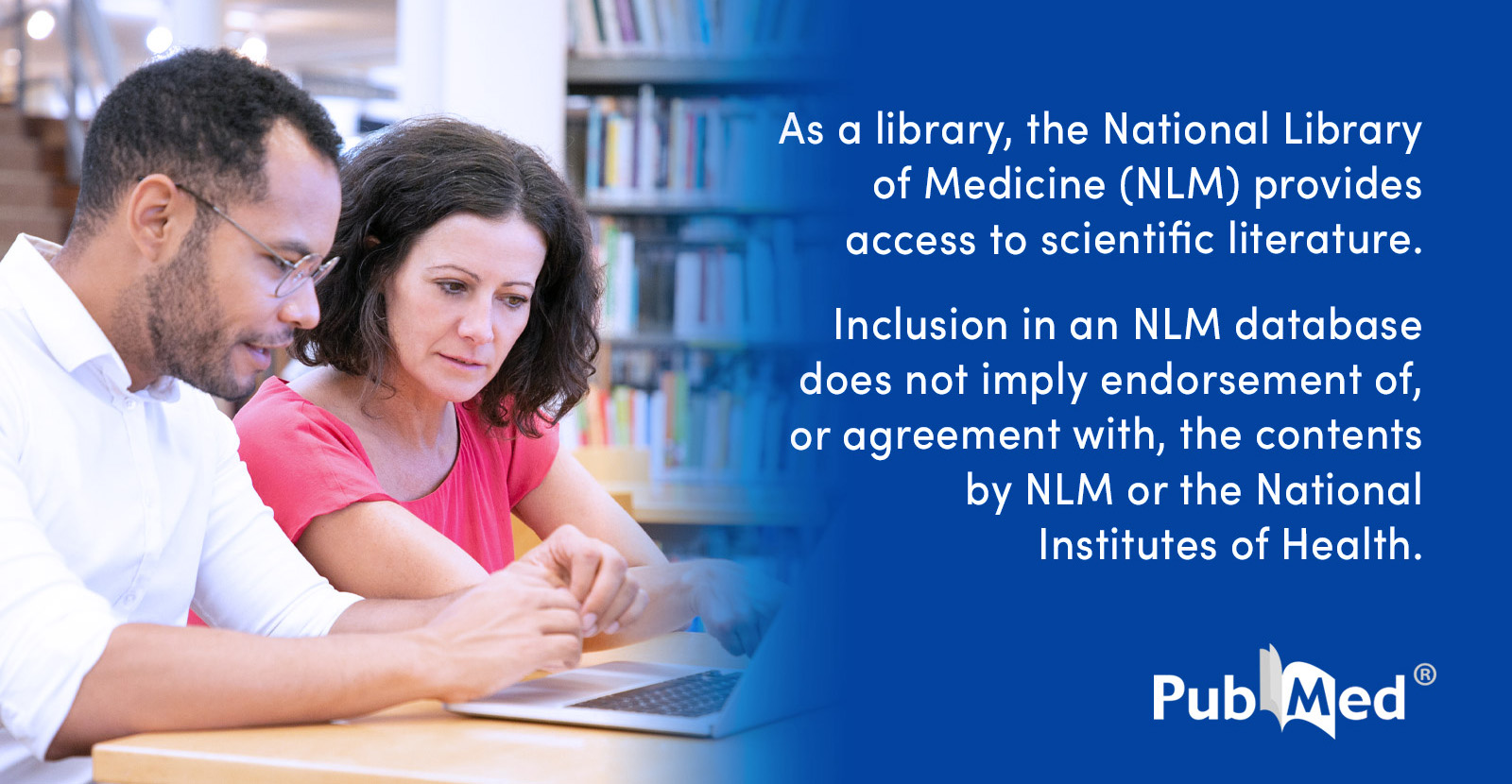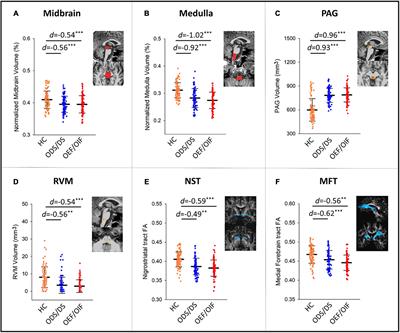Center News
The latest scholarly articles and news mentions from our members
Do you have a publication or news mention you would like to add? Please email the link to: stanford_cscs@stanford.edu
- Otolaryngologic Clinics of North America
Health Inequalities in the Diagnosis and Treatment of Obstructive Sleep Apnea in Children and Adults - PubMed
Howard, J. J. M., Capasso, R., & Ishman, S. L. (2024). Health Inequalities in the Diagnosis and Treatment of Obstructive Sleep Apnea in Children and Adults. Otolaryngologic clinics of North America, 57(3), 353–362. https://doi.org/10.1016/j.otc.2024.02.004
- NIH RePORTER
New Funding: Pandemrix and T Cell Immunology in Narcolepsy
Congratulations to Dr. Emmanuel Mignot, Professor of Sleep Medicine and Professor of Genetics and Neurology, on this new funding award from the National Institute of Allergy and Infectious Diseases.
- Obstetrics & Gynecology
Evaluation of Sleep in Pregnant Inpatients Compared With Outpatients
Panelli, D. M., Miller, H. E., Simpson, S. L., Hurtado, J., Shu, C. H., Boncompagni, A. C., Chueh, J., Barwick, F., Carvalho, B., Sultan, P., Aghaeepour, N., & Druzin, M. L. (2024). Evaluation of Sleep in Pregnant Inpatients Compared With Outpatients. Obstetrics and gynecology, 10.1097/AOG.0000000000005591. Advance online publication. https://doi.org/10.1097/AOG.0000000000005591
- Journal of Clinical Sleep Medicine
Sleep macro-architecture in patients with Parkinson's disease does not change during the first night of neurostimulation in a pilot study - PubMed
Das, R., Gliske, S. V., West, L. C., Summers, M. O., Tang, S., Hirt, L., Maroni, D., Halpern, C. H., Thompson, J. A., Kushida, C. A., & Abosch, A. (2024). Sleep macro-architecture in patients with Parkinson's disease does not change during the first night of neurostimulation in a pilot study. Journal of clinical sleep medicine : JCSM : official publication of the American Academy of Sleep Medicine, 10.5664/jcsm.11180. Advance online publication. https://doi.org/10.5664/jcsm.11180
- NIH RePORTER
New Funding: Contribution of hypocretin neuron activity to Alzheimer's related sleep disturbances
Congratulations to Dr. Oscar Gonzalez, Postdoctoral Scholar in Psychiatry, on this new funding award from the National Institute on Aging.
- American Journal of Medicine
Sleep Characteristics are Associated with Risk of Treated Diabetes Among Postmenopausal Women - PubMed
LeBlanc, E. S., Zhang, S., Hedlin, H., Clarke, G., Smith, N., Garcia, L., Hale, L., Hery, C. B., Liu, S., Ochs-Balcom, H., Phillips, L., Shadyab, A. H., & Stefanick, M. (2024). Sleep Characteristics are Associated with Risk of Treated Diabetes Among Postmenopausal Women. The American journal of medicine, 137(4), 331–340. https://doi.org/10.1016/j.amjmed.2023.12.011
- Sleep
The utility of sleep wearables—well, that depends
Zeitzer J. M. (2024). The utility of sleep wearables-well, that depends. Sleep, 47(4), zsae019. https://doi.org/10.1093/sleep/zsae019
- Sleep Medicine: X
Cataplexy response with extended-release once-nightly sodium oxybate: Post hoc responder analyses from the phase 3 REST-ON clinical trial
Thorpy, M. J., Kushida, C. A., Bogan, R., Ajayi, A. O., Corser, B. C., & Gudeman, J. (2024). Cataplexy response with extended-release once-nightly sodium oxybate: Post hoc responder analyses from the phase 3 REST-ON clinical trial. Sleep medicine: X, 7, 100109. https://doi.org/10.1016/j.sleepx.2024.100109
- Forbes
9 Causes Of Insomnia And How To Sleep Better, According To Experts
Understanding some common causes of insomnia and poor sleep can help you get to the root of the problem and improve your sleep quality. Fiona Barwick, clinical associate professor of psychiatry and behavioral sciences, provides comment.
- CNET
I Was Always Waking Up Tired. I Used Tech and Science to Sleep Better
We all need a good night's rest, but how we sleep is highly personal. Lexy Savvides at CNET tried out a variety of tools to see what works best. Rafael Pelayo, clinical professor of psychiatry and behavioral sciences, is interviewed in this piece.
- Journal of Psychosomatic Research
Fatigued but not sleepy? An empirical investigation of the differentiation between fatigue and sleepiness in sleep disorder patients in a cross-sectional study - PubMed
Suh, S., Lok, R., Weed, L., Cho, A., Mignot, E., Leary, E. B., STAGES cohort investigator group, & Zeitzer, J. M. (2024). Fatigued but not sleepy? An empirical investigation of the differentiation between fatigue and sleepiness in sleep disorder patients in a cross-sectional study. Journal of psychosomatic research, 178, 111606. https://doi.org/10.1016/j.jpsychores.2024.111606
- Alzheimer's Research & Therapy
Impaired 24-h activity patterns are associated with an increased risk of Alzheimer’s disease, Parkinson’s disease, and cognitive decline
Winer, J. R., Lok, R., Weed, L., He, Z., Poston, K. L., Mormino, E. C., & Zeitzer, J. M. (2024). Impaired 24-h activity patterns are associated with an increased risk of Alzheimer's disease, Parkinson's disease, and cognitive decline. Alzheimer's research & therapy, 16(1), 35. https://doi.org/10.1186/s13195-024-01411-0
- Neurology
Validation of the RBD Symptom Severity Scale in the North American Prodromal Synucleinopathy Consortium - PubMed
Choudhury, P., Lee-Iannotti, J. K., Busicescu, A. O., Rangan, P., Fantini, M. L., Avidan, A. Y., Bliwise, D. L., Criswell, S. R., During, E. H., Elliott, J. E., Fields, J. A., Gagnon, J. F., Howell, M. J., Huddleston, D. E., McLeland, J., Mignot, E., Miglis, M. G., Lim, M. M., Pelletier, A., Schenck, C. H., … as the NAPS Consortium (2024). Validation of the RBD Symptom Severity Scale in the North American Prodromal Synucleinopathy Consortium. Neurology, 102(3), e208008. https://doi.org/10.1212/WNL.0000000000208008
- Journal of Biological Rhythms
The Negative Effects of Travel on Student Athletes Through Sleep and Circadian Disruption - PubMed
Heller, H. C., Herzog, E., Brager, A., Poe, G., Allada, R., Scheer, F., Carskadon, M., de la Iglesia, H. O., Jang, R., Montero, A., Wright, K., Mouraine, P., Walker, M. P., Goel, N., Hogenesch, J., Van Gelder, R. N., Kriegsfeld, L., Mah, C., Colwell, C., Zeitzer, J., … Paul, K. (2024). The Negative Effects of Travel on Student Athletes Through Sleep and Circadian Disruption. Journal of biological rhythms, 39(1), 5–19. https://doi.org/10.1177/07487304231207330
- NIH RePORTER
New Funding: Passive phototherapy to improve sleep in teens
Congratulations to Dr. Jamie Zeitzer, Professor of Psychiatry and Behavioral Sciences (Sleep Medicine), on this new funding award from the Eunice Kennedy Shriver National Institute of Child Health and Human Development.
- Sleep Medicine
Cognitive behavioural therapy for insomnia reduces actigraphy and diary measured sleep discrepancy for individuals with comorbid insomnia and major depressive disorder: A report from the TRIAD study
Spina, M. A., Bei, B., Rajaratnam, S. W., Krystal, A., Edinger, J. D., Buysse, D. J., Thase, M., & Manber, R. (2024). Cognitive behavioural therapy for insomnia reduces actigraphy and diary measured sleep discrepancy for individuals with comorbid insomnia and major depressive disorder: A report from the TRIAD study. Sleep medicine, 114, 137–144. https://doi.org/10.1016/j.sleep.2023.12.014
- Journal of Clinical Sleep Medicine
“Count on Sleep”: an OSA awareness project update
Martin, J. L., Rowley, J., Goel, N., Heller, H. C., Gurubhagavatula, I., DelRosso, L. M., Rodriguez, A., Clark, M., Rice-Conboy, L., & “Count on Sleep” workgroups (2024). "Count on Sleep": an OSA awareness project update. Journal of clinical sleep medicine : JCSM : official publication of the American Academy of Sleep Medicine, 20(2), 303–307. https://doi.org/10.5664/jcsm.10864
- Inverse
A Sleep Scientist Reveals the Hidden Secrets to Overcoming Jet Lag
Whether you’ve just arrived in a new timezone or returned to your home base, there are science-backed methods you can use to help your body readjust. Jamie Zeitzer, professor of psychiatry and behavioral sciences, is quoted.
- Sleep Medicine
Endorsement of “European Respiratory Society guideline on non-CPAP therapies for obstructive sleep apnoea” by World Sleep Society
Jacobowitz, O., Afifi, L., Alkan, U., Penzel, T., Poyares, D., Kushida, C., & on behalf Governing Council of the World Sleep Society (2024). Endorsement of "European Respiratory Society guideline on non-CPAP therapies for obstructive sleep apnoea" by World Sleep Society. Sleep medicine, 113, 293–298. https://doi.org/10.1016/j.sleep.2023.10.004
- Frontiers in Molecular Neuroscience
The role of the brainstem in sleep disturbances and chronic pain of Gulf War and Iraq/Afghanistan veterans
Zhang, Y., Moore, M., Jennings, J. S., Clark, J. D., Bayley, P. J., Ashford, J. W., & Furst, A. J. (2024). The role of the brainstem in sleep disturbances and chronic pain of Gulf War and Iraq/Afghanistan veterans. Frontiers in molecular neuroscience, 16, 1266408. https://doi.org/10.3389/fnmol.2023.1266408









